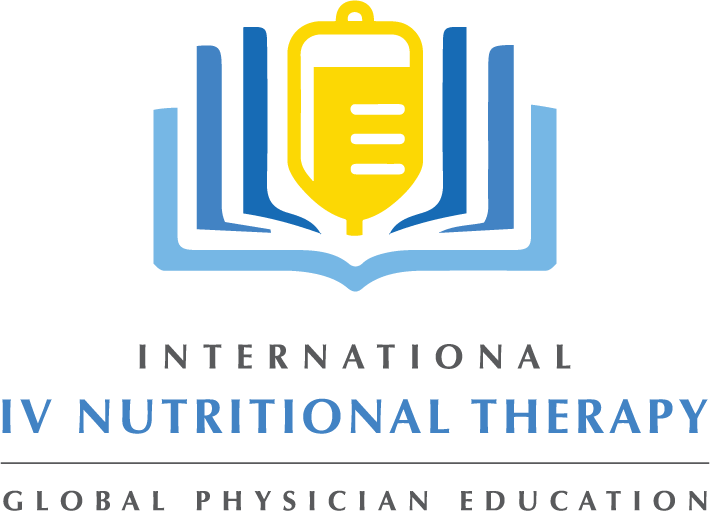Posted by Dr Dan Carter, June 29, 2016
I was looking over a Facebook post today about the efficacy of IV Mg for MI, and it piqued my interest in looking at more recent research, since the post referred to studies from 1986 and 1992.
In double-blind, placebo-controlled study, they looked at 273 patients who were admitted to the hospital for a heart attack. The study revealed that after 4 weeks, the people who received magnesium, only 7% died versus 19% who did not get magnesium; magnesium cut the death rate by 63%.
What was interesting is the fact that the study indicated that patients were generally given less than the 2 cc of magnesium which is the recommended dose.
Furthermore, the injection of magnesium decreased arrhythmias by 55%. Arrhythmia is a major concern following MI. [Abstract: In a double-blind, placebo-controlled study, 273 patients with suspected acute myocardial infarction (AMI) were randomised to receive either magnesium intravenously or placebo immediately on admission to hospital. Of 130 patients with proven AMI 56 received magnesium and 74 received placebo. During the first 4 weeks after treatment mortality was 7% in the magnesium group and 19% in the placebo group. In the magnesium group 21% of patients had arrhythmias that needed treatment, compared with 47% in the placebo group. No adverse effects of intravenous magnesium were observed. [PMID: 2868254]
Another study in the same medical journal showed that magnesium produced a 24% reduction in the number of deaths in one month after the heart attack.
Besides the proven benefits for victims of a heart attack, another study showed patients who were given IV magnesium had a 76% reduction in death from a fatal blood clot. This study also showed that aspirin was of no benefit. [PMID: 1351547]
A PubMed search for the terms IV Magnesium and Myocardial Infarct came up two papers I’ll discuss briefly.
A 2015 rat study where MI was induced by isoprenaline used MgSO4 270 mg/kg intraperitoneally or an equivalent volume of physiological saline. The study authors concluded that although Mg(2+) had no detrimental effects on electrical or hemodynamic activity in ISO-induced MI, the lack of infarct prevention may detract from its utility in MI therapy. [PMID: 26212925] This is hardly surprising since the principle application of Mg for MI is prevention of arrhythmia, and one of the physiological actions of Mg is to potentiate the coagulant activities of clotting factor IV. [PMID: 8621478] It would appear that the authors looked at the wrong outcomes.
A 1995 article in the journal circulation, however, found that early treatment with MgSO4 resulted in both a significant reduction in lethal arrhythmias and infarct size when subjects (swine in this case) were treated soon after infarct initiation. To wit:
“ Lethal arrhythmias were significantly reduced in the Mg-early group. Infarct size was determined by vital staining. Infarct size was 0.16±0.05 g/kg body wt (Mg-early), 0.35±0.08 g/kg (Mg-late), and 0.42±0.04 g/kg for the control group” [PMID: 7586365]
Since Cochrane reviews have become popular, it is evident in some cases that meta-analysis can also lead to questionable conclusions. In their usual serious style, they state that mortality and morbidity from acute myocardial infarction (AMI) remain high, and that intravenous magnesium started early after the onset of AMI is thought to be a promising adjuvant treatment. But conflicting results from earlier trials and meta-analyses warrant a systematic review of available evidence. [PMID: 17443517] They go on to conclude that:
(1) it is unlikely that magnesium is beneficial in reducing mortality both in patients treated early and in patients treated late, and in patients already receiving thrombolytic therapy.
(2) it is unlikely that magnesium will reduce mortality when used at high dose (>=75 mmol)
(3) magnesium treatment may reduce the incidence of ventricular fibrillation, ventricular tachycardia, severe arrhythmia needing treatment or Lown 2-5, but it may increase the incidence of profound hypotension, bradycardia and flushing
(4) the areas of uncertainty regarding the effect of magnesium on mortality remain the effect of low dose treatment (< 75 mmol) and in patients not treated with thrombolysis. Conclusions 1 and 2 can be refuted by the Woods study in Lancet [PMID: 1351547] as it was a large randomised, double blind, placebo controlled study utilizing 2316 subjects. Woods concluded that 28-day mortality did not indicate any effect modification by thrombolysis or aspirin, or by previous treatment with beta blockers and calcium antagonists. Conclusion 3 would infer that serious MI after-effects such as arrhythmia are minimized in the review, while side effects well understood and avoidable by those familiar with IV nutrient therapy are maximized. Conclusion 4 (and 2) utilized Mg doses of >=75 mmol, which if my calculations are correct [http://www.mgwater.com/convert.shtml] comes out at 36.946 mL of 50% MgSO4. That is a dose at which blood electrolyte concentration monitoring is absolutely necessary. Safe dose and infusion rate can be found at https://dailymed.nlm.nih.gov/dailymed/fda/fdaDrugXsl.cfm?setid=8f775557-e414-4119-89a8-c19334f5f116&type=display Lower doses of Mg, such as those used in IV nutrient therapy, have been shown to be effective in controlling arrhythmia, especially in combination with taurine.
After looking at readily available literature, I would posit that Mg use after myocardial infarct is indeed useful, especially when administered as soon as possible after the MI. The Cochrane review seems to show bias in favor of pharmaceutical agents rather than a relatively inexpensive mineral such as magnesium, a common finding in a medical journal system dominated by drug advertising and pharmaceutical company funding of CME events (this is a simple fact, not a judgment of the journal and medical education system lacking merit).


